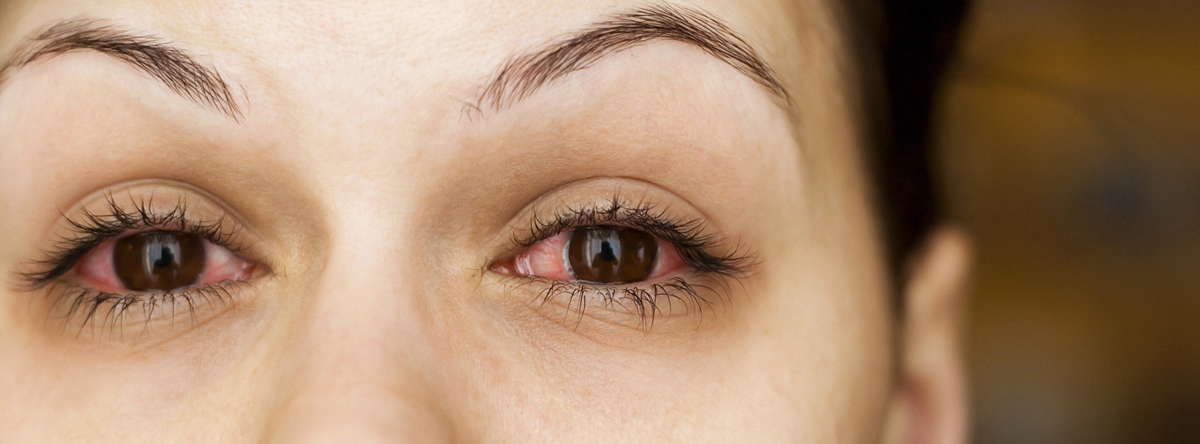
Eye Infections
Your eyes can get infections from trauma, bacteria, fungi, parasites, and or viruses. Eye infections can occur in different parts of the eye. Children frequently get viral conjunctivitis which can be contagious.
Stye – Internal Hordeolum can start as a bump on the eyelid that happens when bacteria from your skin get into the associated glands and ducts of the eye to cause moderate to severe eye pain and inflammation.
Some common types of eye inflammation are blepharitis and corneal abrasions leading to corneal ulcers. Yet other infections can be very serious and arise from HIV, STDs, and other more virulent causes such as Herpes.
These varieties of infections can spread easily and lead to larger problems including blurred vision, damage to the retina, cornea, or optic nerve, or even blindness.
Symptoms of eye infections may include intense redness, itching, swelling, irregular discharge, pain, or problems with vision. Treatment depends on the cause of the infection and may include compresses, eye drops, ointments, or oral antibiotics and or more advance therapy.
Signs of an eye infection
- Pain in the eye.
- A feeling that something is in the eye (foreign body sensation).
- Increased sensitivity to light (photophobia).
- Yellow, green, bloody, or watery discharge from the eye.
- Increasing redness of the eye or eyelids.
- A gray or white sore on the colored part of the eye (iris).
- High Fever with swollen lymph nodes
- Blurred or decreased vision.